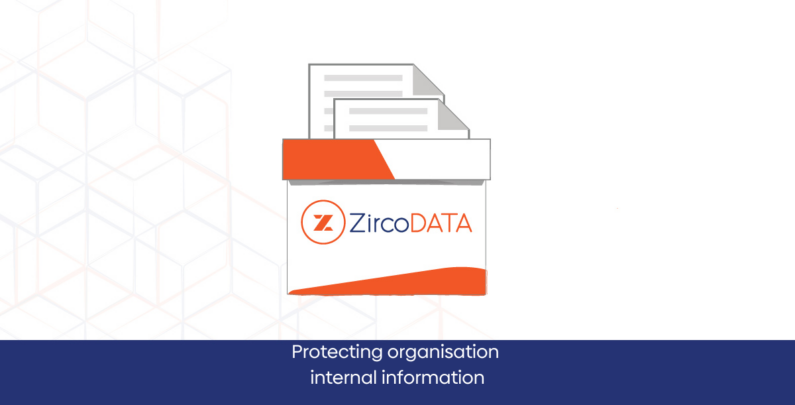
Protecting organisation internal information
In this information-driven era, it is paramount for organisations to adopt robust measures for the protection of their sensitive data. The risk of unauthorised access, which could even arise from within the organisation, can present serious threats. As such, safeguarding sensitive information from being accessed by unauthorised individuals becomes a primary concern to avoid potential damage.
Sensitive information ranges from documents and records that, in many instances, only a limited number of people should have access to. For example, personal employee records should remain confidential, with viewing rights reserved for a few authorised personnel.
However, this does not imply that organisations need to constantly fear malicious activity. Often, it isn’t ill-intentions but a disorganised workspace that might lead to employees accidentally obtaining classified information. Even if they do not use this information, the mere fact that they have viewed it could constitute a breach of regulations, leading to severe consequences.
Digital technology offers a somewhat more straightforward way of enhancing information security. Digital records can be stored in private, password-protected folders, thereby limiting access to authorised individuals only. On the other hand, the safekeeping of physical copies of sensitive information poses a greater challenge. To handle this, organisations could consider partnering with professional records management providers. Such experts can store confidential data in secure, off-site locations, effectively keeping it out of reach from unauthorised individuals and significantly bolstering the organisation’s data security framework.
